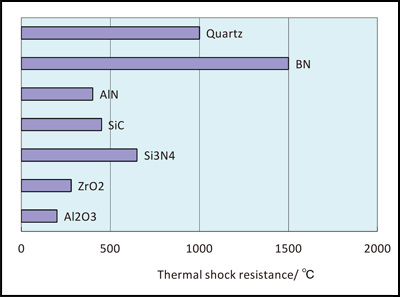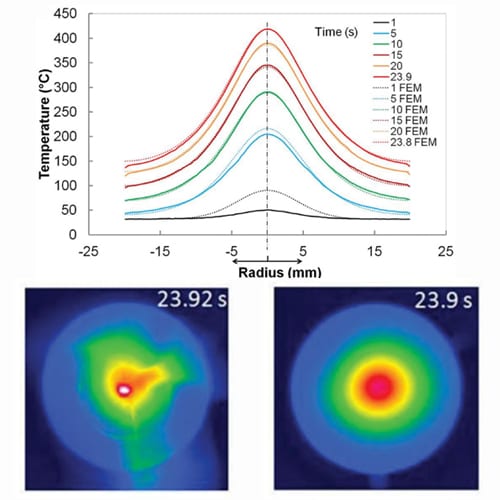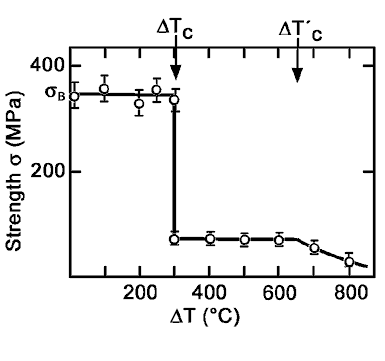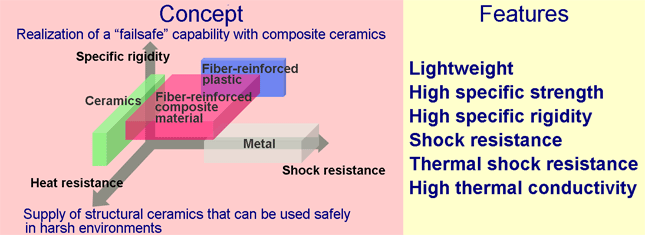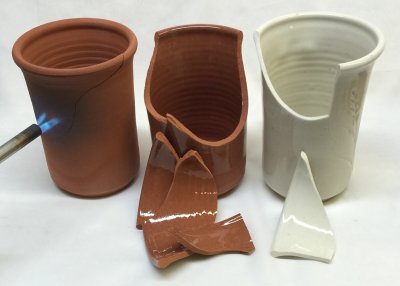Density ductility hardness corrosion resistance hardness thermal conductivity electrical conductivity wear resistance.
Thermal shock resistance polymers vs ceramics.
This is a process that takes place abruptly when there is a sudden variation of temperature either from hot to cold or vice versa.
Zirconia toughened alumina al 2 o 3 15 vol y psz 3 mol y 2 o 3 reinforced with 10 vol silicon carbide whiskers zta 10sic w ceramic matrix composite has been characterized with respect to its room temperature mechanical properties thermal shock resistance and thermal stability at temperatures above 1073 k the current ceramic composite has a flexural strength of 550 to.
Compare metals polymers and ceramics on a chart or table using the following properties and the ratings low high and highest.
It can be also extended to the case of a thermal gradient which makes different parts of an object expand by different amounts.
Thermal shock is a type of rapidly transient mechanical load by definition it is a mechanical load caused by a rapid change of temperature of a certain point.
Some ceramic fillers are characterized as thermal shock resistant apparently surviving temperatures as high as 1400 c.
It frequently causes breakage in the material and is most common in brittle materials such as ceramics.
Thermal shock is a variation in temperature which causes tension in a material.
This differential expansion can be more directly understood in terms of strain than in terms of stress as.
Asked jul 25 2020.

